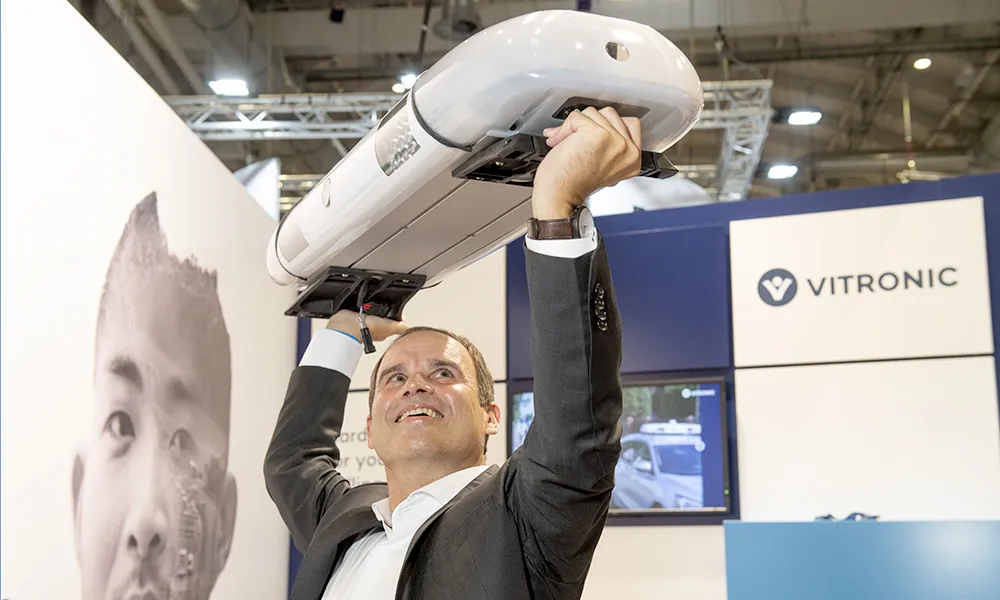
AGD has developed the ‘350’ further to meet the evolving and complex demands of the global ITS sector. The device now boasts the capability to track highly accurate vehicle data for an increased number of targets at a very high frame rate, increased number of positional trigger points for data collection and new alert messages for even easier product integration.
In collecting this data, road authorities and integrators can now assess in real time the flow of approaching and receding traffic in any given detection zone. This significantly enhances traffic management, incident and queue detection, speed enforcement, wrong turn, wrong lane and red light violation.
“Over the past two years, AGD has been working closely with a number of national and international clients to increase our understanding of the growing and complex future demands of the ITS sector,” says Ian Hind, AGD’s Commercial Director.
“As a result, we have been able to engineer an intelligent detection system platform that currently exceeds requirements but will allow updates as new functionality becomes available offering a future proofed, non-intrusive, sustainable and cost effective solution for traffic management and speed enforcement worldwide.”
In addition to highlighting the ground breaking ‘350’, AGD is also demonstrating the device’s compatibility with the company’s new communications platform, new data gathering server service with viewer, and other industry leading intelligent detection systems.










